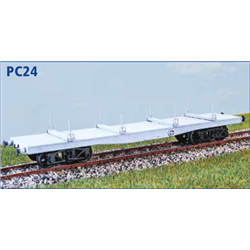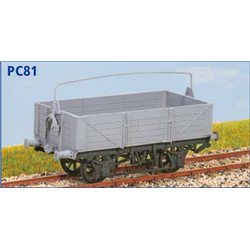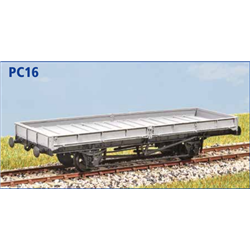There are a number of different options for attaching figures such as a horse and rider to a layout. Perhaps the...
No products
Product successfully added to your shopping cart
There are 0 items in your cart. There is 1 item in your cart.
Search Tips
Were steam or diesel locomotives routinely used to push as opposed to pulling their loads?
Both steam and diesel locomotives were occasionally used to push their loads instead of pulling them but this practice was relatively uncommon and typically reserved for specific situations.
One of the main reasons for using a locomotive to push a wagon is to allow the train to be backed up into a siding or other area without having to turn the locomotive around. This can be particularly useful in situations where there is limited space for turning a locomotive or where it would be impractical to do so.
In addition, some types of wagons, such as those used for hauling iron ore or other bulk commodities, may have been designed to be pushed by a locomotive rather than pulled. This is because pushing a load can provide better control and stability, particularly when travelling downhill.
However, there are also some disadvantages to pushing a load with a locomotive. For example, it can be more difficult to control the train's speed and braking, particularly when travelling downhill. In addition, pushing a wagon can put more stress on the locomotive's components, particularly its couplers and brakes.
Overall, while it was not unheard of for steam or diesel locomotives to be used to push loads, it was not a routine practice and was typically reserved for specific situations where it was deemed necessary or especially advantageous.
Click here to receive the tips weekly in your mailbox. You can unsubscribe at any time.










